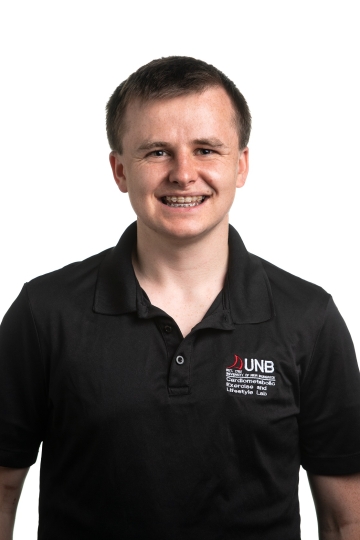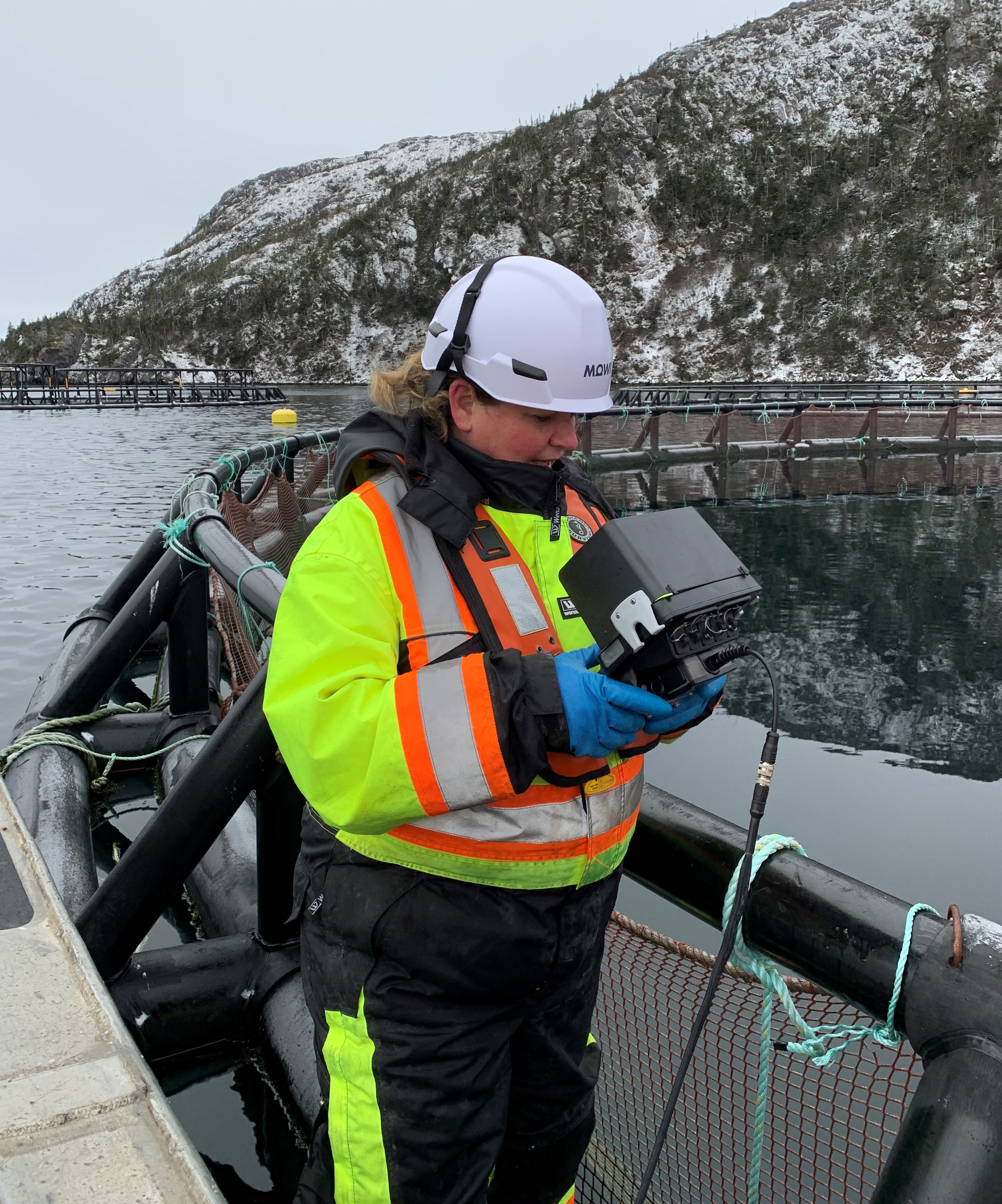
Tanya Savory using an YSI meter to monitor water temperature, oxygen content and salinity levels.
Tanya Savory
Cleaner Fish Coordinator
Mowi Canada East
Learn About My Career
Tanya Savory is a Cleaner Fish Coordinator for Mowi Canada East.
I was born/grew up in: I was born in Harbour Breton, NL
I now live in: Belleoram, NL
I completed my training/education at: I have earned my Technical Certificate in Aquaculture (TCA) & Certificate in Aquaculture Management (CAM) from the Marine Institute of Memorial University, Newfoundland and Labrador.
I am responsible for the health and wellbeing of our lumpfish. In salmon aquaculture, lumpfish are known as cleaner fish. Cleaner fish make life for other fish better by eating things that could cause them harm. Lumpfish eat sea lice that can live on farmed fish.
Part of my job is to monitor the cleanliness of “fish hides” and lumpfish feeding equipment. Fish hides are places in the cages where the cleaner fish can rest when they are not eating or swimming. These hides can sometimes tangle or snag and need to be untangled. The hides need to be hanging vertically in the cages. Divers use a Go-Pro when they do inspection dives. With the help of this footage, we can monitor the hides and make adjustments as necessary. We change the feed amounts as the water temperature changes.
I also organize carry out marine site inspections on sites that are using cleaner fish (lumpfish). Dead or weak lumpfish are taken from the cages during site inspection dives. We examine them and check their stomach contents. We look for consumed sea lice or food pellets, to ensure they are eating and healthy.
I monitor the temperature, oxygen and salinity (salt content) of the water. I also monitor the amount of food the lumpfish consume. For water quality monitoring, we use equipment that records the temperature, oxygen content and salinity at each required depth.
Another part of my job is to coordinate transfer of new fish, including managing crews, vessels & equipment. We stock new fish by weight and biomass. Math is important in determining how many fish can be stocked per cage. Math is also used to calculate the daily feed requirements.
The combination of all skill sets (STEM) is necessary to perform my daily duties. Each task requires one or all elements. Our staff all work together on a daily basis. We help organize travel to and from site, and sometimes assist each other with site activities.
I sometimes have to consult my supervisor or Fish Health staff for advice if there is a situation that we cannot immediately resolve. My job is never boring! I recently began training with an ROV for underwater monitoring, net inspections, etc.
Many years of hard work and determination has gotten me to where I am today!
I began as a complete greenhorn and worked my way up. Over the last 15 years, I have taken part in many courses and training activities. Through this, I have earned my Technical Certificate in Aquaculture (TCA) & Certificate in Aquaculture Management (CAM). Both are red seal diplomas.
I have loved being on the ocean since I was a small child. This has added to my immediate and continued interest in aquaculture. While growing up, I always spent my weekends fishing lobster and cod with my dad. He influenced me in getting a job working with fish 😊
I worked for 13 years as a Site Manager. The position of Manager of the lumpfish program at Mowi Canada East came up. I applied and then got the job. As this is a new species to use in the aquaculture industry there has been a lot of learning on the job.
In addition to learning about using the lumpfish as a cleaner fish, the job has presented other challenges. This is especially the case as I am the first woman to become a Site Manager for Cooke Aquaculture & Northern Harvest Sea Farms. However, with constant drive and determination, sometimes stubbornness, I continue to overcome them!
There are no dull days in aquaculture! Each day is an adventure, and there is always the potential to learn something new.
I get to visit different sites around the province where we have farms. As these sites are located on the coast, the views are breathtaking. Traveling from place to place means I get to meet new people. I also get to catch up with friends and coworkers I have worked with over the past 15 years. Fresh air, salt water and the freedom of being out on the water almost every day is a reward in itself! Some days the weather can be harsh, but we still manage to smile and laugh during the day.
My favorite thing about my job is definitely working with the fish. They are so cute and very sociable! Getting to study and educate myself about a new species is a great challenge. I recently started training with an ROV for underwater inspections. It’s so exciting!
I’ve always strived to do my best in every job or task I’ve tackled. The expansion of aquaculture has given me the opportunity to do this, in the many fields of work that are available.
Using lumpfish in aquaculture is new. As a result, the learning opportunities are endless.
The lumpfish’s natural behavior is to eat sea lice. We use this behavior to reduce the stress on the salmon. This also reduces the environmental risk by eliminating chemical lice treatments. It is a win-win! This is very important work and everyone benefits. It will take some time to get the practice of using cleaner fish established and get them on sites where we want them, but it is coming!
When the food fishery is open, I spend my weekends out in boat fishing. A relaxing night at home with a good movie is always nice.
I have contributed countless hours of volunteer work in and around the community helping with various organizations & fundraisers.
My favorite outdoor activity in winter is snowshoeing. A cozy fire in the back yard fire pit is my favorite summer activity, plus swimming when its warm enough!
If you are interested in a career in aquaculture, my advice would be GO FOR IT!
There are endless learning opportunities! Even after 15 years, I still learn something different almost every day. Watching the salmon grow from tiny smolt to harvest size is amazing. Knowing you have contributed to their growth and overall safety is so rewarding! I have made so many good friends and acquaintances over the years. It is amazing! It will have its challenges like anything else, but it is so worth it. After 15 years I still love my job 😊and I look forward to more learning opportunities in the future!
What I do at work
I am responsible for the health and wellbeing of our lumpfish. In salmon aquaculture, lumpfish are known as cleaner fish. Cleaner fish make life for other fish better by eating things that could cause them harm. Lumpfish eat sea lice that can live on farmed fish.
Part of my job is to monitor the cleanliness of “fish hides” and lumpfish feeding equipment. Fish hides are places in the cages where the cleaner fish can rest when they are not eating or swimming. These hides can sometimes tangle or snag and need to be untangled. The hides need to be hanging vertically in the cages. Divers use a Go-Pro when they do inspection dives. With the help of this footage, we can monitor the hides and make adjustments as necessary. We change the feed amounts as the water temperature changes.
I also organize carry out marine site inspections on sites that are using cleaner fish (lumpfish). Dead or weak lumpfish are taken from the cages during site inspection dives. We examine them and check their stomach contents. We look for consumed sea lice or food pellets, to ensure they are eating and healthy.
I monitor the temperature, oxygen and salinity (salt content) of the water. I also monitor the amount of food the lumpfish consume. For water quality monitoring, we use equipment that records the temperature, oxygen content and salinity at each required depth.
Another part of my job is to coordinate transfer of new fish, including managing crews, vessels & equipment. We stock new fish by weight and biomass. Math is important in determining how many fish can be stocked per cage. Math is also used to calculate the daily feed requirements.
The combination of all skill sets (STEM) is necessary to perform my daily duties. Each task requires one or all elements. Our staff all work together on a daily basis. We help organize travel to and from site, and sometimes assist each other with site activities.
I sometimes have to consult my supervisor or Fish Health staff for advice if there is a situation that we cannot immediately resolve. My job is never boring! I recently began training with an ROV for underwater monitoring, net inspections, etc.
My career path is
Many years of hard work and determination has gotten me to where I am today!
I began as a complete greenhorn and worked my way up. Over the last 15 years, I have taken part in many courses and training activities. Through this, I have earned my Technical Certificate in Aquaculture (TCA) & Certificate in Aquaculture Management (CAM). Both are red seal diplomas.
I have loved being on the ocean since I was a small child. This has added to my immediate and continued interest in aquaculture. While growing up, I always spent my weekends fishing lobster and cod with my dad. He influenced me in getting a job working with fish 😊
I worked for 13 years as a Site Manager. The position of Manager of the lumpfish program at Mowi Canada East came up. I applied and then got the job. As this is a new species to use in the aquaculture industry there has been a lot of learning on the job.
In addition to learning about using the lumpfish as a cleaner fish, the job has presented other challenges. This is especially the case as I am the first woman to become a Site Manager for Cooke Aquaculture & Northern Harvest Sea Farms. However, with constant drive and determination, sometimes stubbornness, I continue to overcome them!
I am motivated by
There are no dull days in aquaculture! Each day is an adventure, and there is always the potential to learn something new.
I get to visit different sites around the province where we have farms. As these sites are located on the coast, the views are breathtaking. Traveling from place to place means I get to meet new people. I also get to catch up with friends and coworkers I have worked with over the past 15 years. Fresh air, salt water and the freedom of being out on the water almost every day is a reward in itself! Some days the weather can be harsh, but we still manage to smile and laugh during the day.
My favorite thing about my job is definitely working with the fish. They are so cute and very sociable! Getting to study and educate myself about a new species is a great challenge. I recently started training with an ROV for underwater inspections. It’s so exciting!
I’ve always strived to do my best in every job or task I’ve tackled. The expansion of aquaculture has given me the opportunity to do this, in the many fields of work that are available.
How I affect peoples’ lives
Using lumpfish in aquaculture is new. As a result, the learning opportunities are endless.
The lumpfish’s natural behavior is to eat sea lice. We use this behavior to reduce the stress on the salmon. This also reduces the environmental risk by eliminating chemical lice treatments. It is a win-win! This is very important work and everyone benefits. It will take some time to get the practice of using cleaner fish established and get them on sites where we want them, but it is coming!
Outside of work I
When the food fishery is open, I spend my weekends out in boat fishing. A relaxing night at home with a good movie is always nice.
I have contributed countless hours of volunteer work in and around the community helping with various organizations & fundraisers.
My favorite outdoor activity in winter is snowshoeing. A cozy fire in the back yard fire pit is my favorite summer activity, plus swimming when its warm enough!
My advice to others
If you are interested in a career in aquaculture, my advice would be GO FOR IT!
There are endless learning opportunities! Even after 15 years, I still learn something different almost every day. Watching the salmon grow from tiny smolt to harvest size is amazing. Knowing you have contributed to their growth and overall safety is so rewarding! I have made so many good friends and acquaintances over the years. It is amazing! It will have its challenges like anything else, but it is so worth it. After 15 years I still love my job 😊and I look forward to more learning opportunities in the future!
When I was a student I enjoyed:
- Art
- Computer Science
- Geography
- Industrial Arts/Shop Programs
- Literature and English language arts
- Math
- Physical Education/Health
- Science
When I was a student, I would describe myself as someone who:
- Brought people together
- Always wanted to be outside
- Liked helping people
- Played on a sports team
- Enjoyed working with my hands
- Was motivated by success
- Wanted to be in charge
- Liked being given specific instructions
- Engaged in volunteer activities
- Liked reading
- Felt at home in the outside, natural environment
- Was really creative
- Felt great satisfaction in getting good grades
- Learned best "by doing"
- Liked to design or build things
- Engaged in activities such as fishing, berry picking and hunting
Partners
Newfoundland Aquaculture Industry Association
Let's Talk Science would like to thank the Newfoundland Aquaculture Industry Association (NAIA) for connecting us with the individual profiled above.
The Newfoundland Aquaculture Industry Association (NAIA) is a member-based organization that represents the interests of seafood farmers and their suppliers in Newfoundland and Labrador. NAIA advocates on behalf of the industry, enables important research and development, and shares relevant information on current issues and promotes the responsible development of the aquaculture industry.
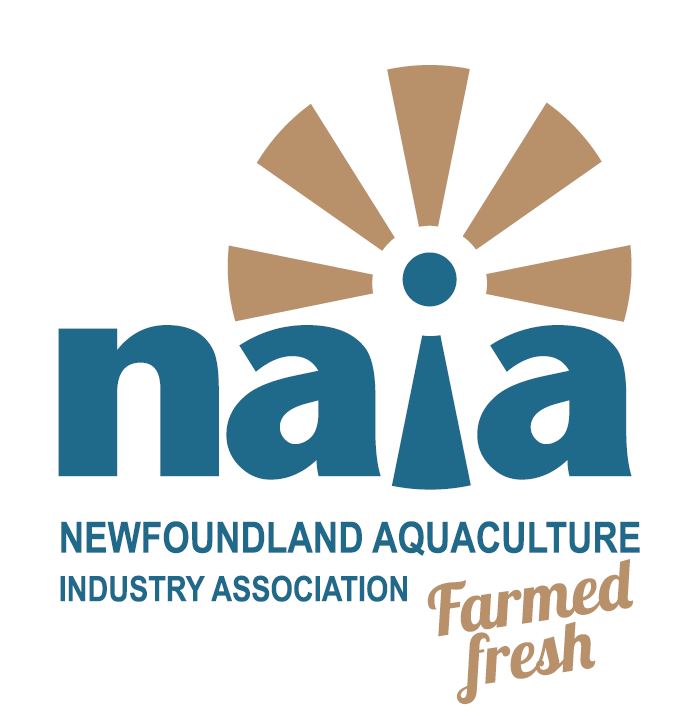
Related Topics
Explore More Career Profiles
-
Brianna Lummerding
Career Profiles
Agronomic Innovation Manager
I look after all things related to soil management for a group of retailers. -
Li Tan (he/him)
Career Profiles
Molecular Lead
I coordinate the day-to-day operations in the DNA Extraction Lab. -
Tyler Morhart (video)
Career Profiles
Scientist, Beamline Responsible - SyLMAND
I am responsible for the SyLMAND beamline at the Canadian Light Source synchrotron facility. -
Li Tan (Video)
Career Profiles
Molecular Lead
I coordinate the day-to-day operations in the DNA Extraction Lab. -

Rashell Featherstone (she/her)
Career Profiles
Senior Program Associate
I coordinate projects for the development of new products at STEMCELL. -
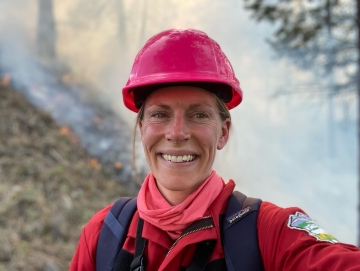
Kira Hoffman (she/her)
Career Profiles
Postdoctoral Researcher/Fire Ecologist
I am a researcher at both a university and a not-for profit organization where I am gaining experience to become a senior researcher. -
Zoë Ehlert (Video)
Career Profiles
Manager, Marker Assisted Breeding
I lead a team that develops canola crops by breeding plants with traits we are looking for. -
Zoë Ehlert
Career Profiles
Manager, Marker Assisted Breeding
I lead a team that develops canola crops by breeding plants with traits we are looking for. -
Jennifer Baltzer (she/her)
Career Profiles
Professor and Canada Research Chair in Forests and Global Change
I work at a university, teaching students and conducting research on the impact of climate change on forests in Canada and around the world. -
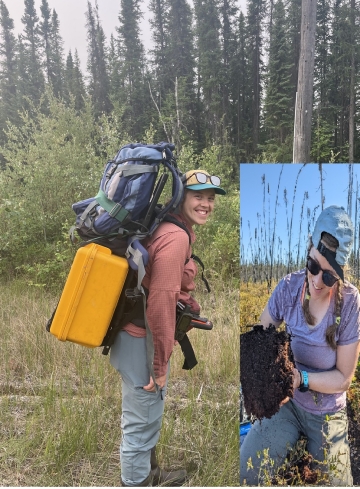
Caitlyn Lyons (she/her)
Career Profiles
Ph.D. Candidate
I am working towards my PhD and studying the forests in the Northwest Territories. -
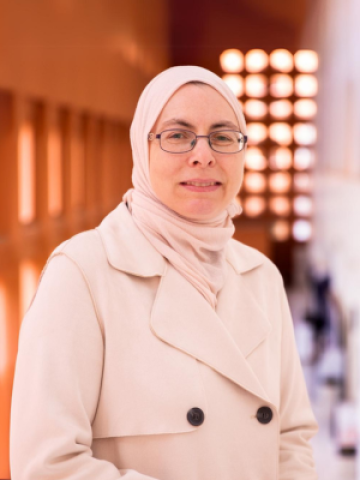
Joann Whalen
Career Profiles
Professor at the Faculty of Agricultural and Environmental Sciences,
I teach advanced courses on how to manage soils to produce healthy, nutritious food and maintain healthy ecosystem functions.
